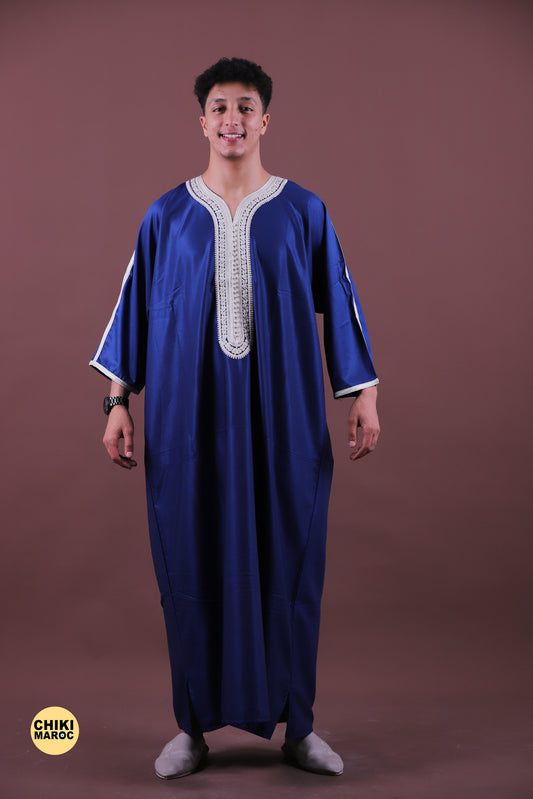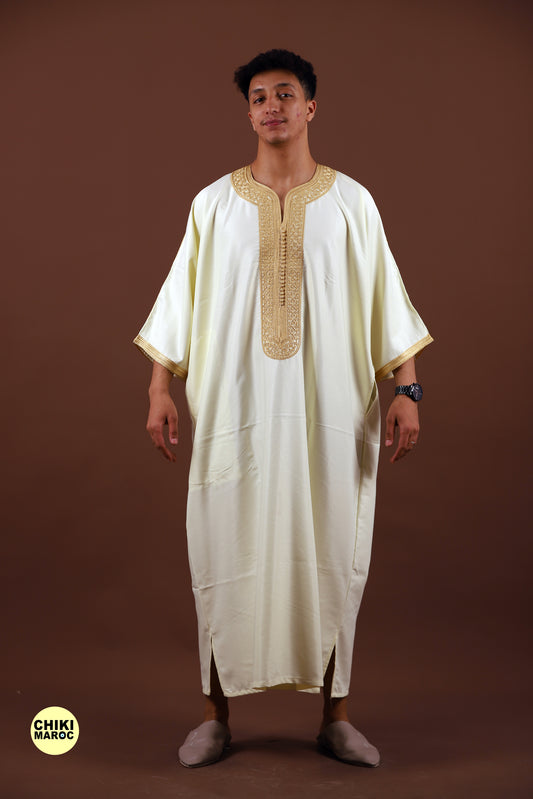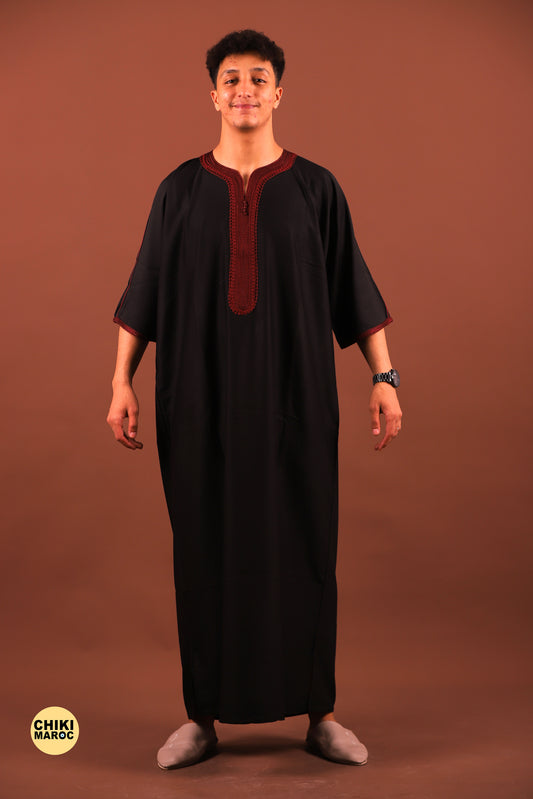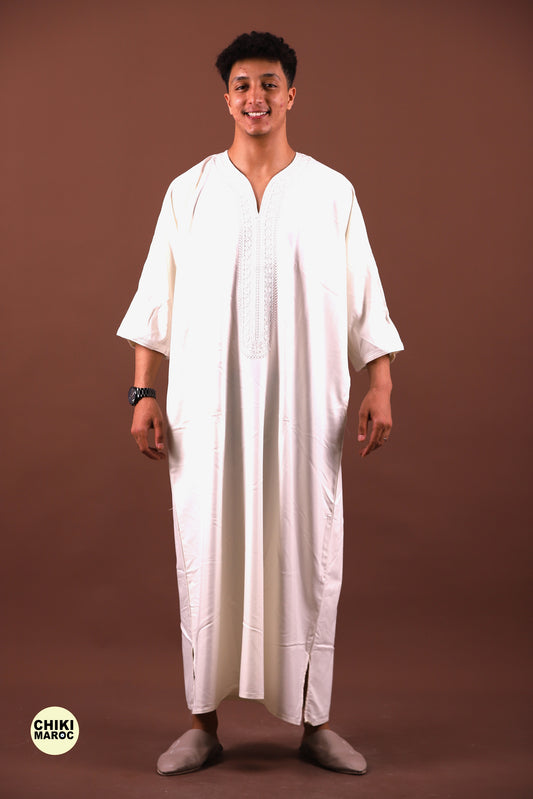Turkish textiles are renowned for their craftsmanship, cultural heritage, and influence on global fashion trends. This expert guide explores the evolution of Turkish textiles, from ancient Anatolian traditions to their contemporary interpretations shaping the fashion landscape worldwide.
Introduction
Introduce Turkish textiles as a reflection of Anatolian heritage and craftsmanship, influencing both historical and modern fashion trends.
Historical Foundations
-
Ancient Anatolian Textiles: Explore the origins of Turkish textiles, tracing back to ancient Anatolian civilizations such as the Hittites and Phrygians, known for their weaving techniques and textile arts.
-
Ottoman Textile Heritage: Discuss the evolution of Turkish textiles during the Ottoman Empire, highlighting the empire's contribution to textile production, luxury fabrics, and intricate designs.
Traditional Turkish Textile Techniques
-
Weaving and Loom Artistry: Detail traditional Turkish weaving techniques, including warp-faced weaving (kilim), pile weaving (halı), and intricate carpet knotting (knotwork), showcasing regional variations and craftsmanship.
-
Dyeing and Embroidery: Highlight traditional dyeing methods using natural dyes and the art of Turkish embroidery (nakış), known for its geometric patterns and floral motifs, adding cultural richness to textiles.
Modern Applications and Contemporary Trends
-
Influence on Global Fashion: Explore how Turkish textiles have influenced contemporary fashion trends, blending traditional motifs, and craftsmanship with modern design aesthetics on international runways.
-
Designer Collaborations: Profile Turkish designers and brands collaborating with global fashion houses, integrating Anatolian textile traditions into haute couture collections and ready-to-wear lines.
Cultural Significance and Symbolism
-
Symbolic Motifs: Discuss the cultural symbolism of Turkish textile motifs, representing themes such as protection, fertility, and prosperity, embedded in carpets, rugs, and fabrics.
-
Regional Diversity: Showcase the diversity of Turkish textile styles across regions, from the intricate patterns of Istanbul silks to the bold colors of Aegean coast textiles, reflecting local identities and traditions.
Sustainability and Artisanal Craftsmanship
-
Preservation Efforts: Address initiatives supporting sustainable practices in Turkish textile production, promoting ethical sourcing, fair trade, and the preservation of artisanal craftsmanship.
-
Artisan Communities: Highlight the role of artisan cooperatives and workshops in preserving traditional Turkish textile techniques, empowering local communities, and passing down generational knowledge.
Where to Experience Turkish Textiles
- Textile Workshops and Museums: Provide recommendations on where to explore and purchase authentic Turkish textiles, including textile workshops, bazaars, and museums showcasing historical collections.
Conclusion
Summarize the enduring legacy of Turkish textiles, celebrating their craftsmanship, cultural significance, and global impact in shaping fashion trends and preserving Anatolian heritage.




